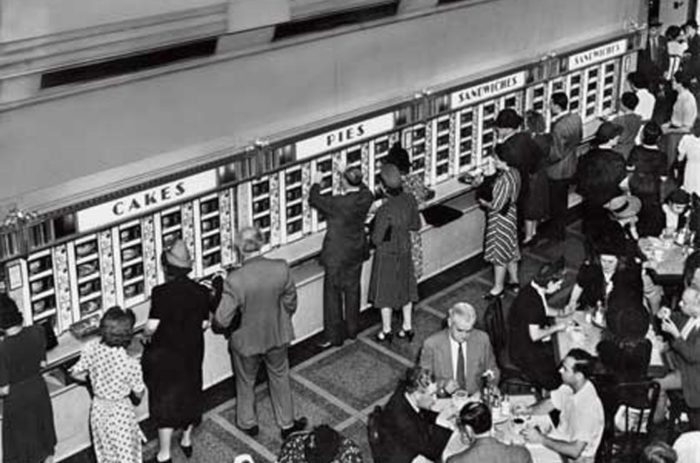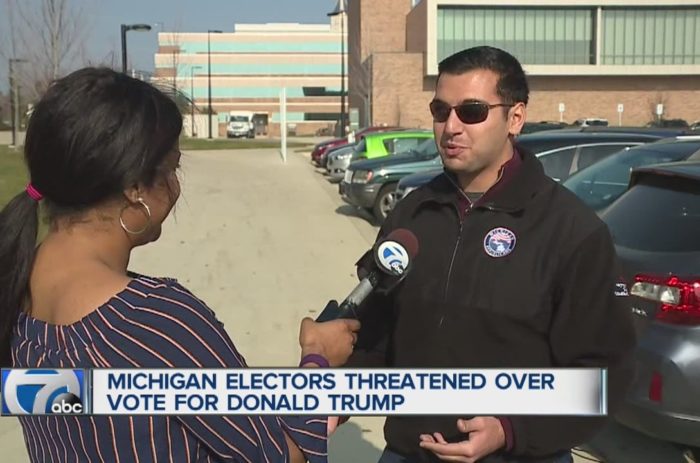The following is an excerpt from OpinionJournal.com’s “Best of the Web” written by the editor, James Taranto.
The New Face of ‘Poverty’
In 1990 the Heritage Foundation put out a report titled “How ‘Poor’ Are America’s Poor?” Not very, concluded author Robert Rector:
“Poor” Americans today are better housed, better fed, and own more property than did the average U.S. citizen throughout much of the 20th Century. In 1988, the per capita expenditures of the lowest income fifth of the U.S. population exceeded the per capita expenditures of the median American household in 1955, after adjusting for inflation.”
Among “the persons whom the Census Bureau identifies as ‘poor,’ ” 38% were homeowners. Among “poor” households, 62% owned a car, 14% two or more cars, nearly half had air-conditioning, and 31% had microwave ovens. “Nationwide, some 22,000 ‘poor’ households have heated swimming pools or Jacuzzis.”
One thing only rich people had back in 1990, though, was portable telephones. That’s changed, hasn’t it? If you’re reading this column, you very likely have a cellular phone. You may even be reading this column on your cellular phone.
But cellphones aren’t just ubiquitous. In what the New York Times calls “a strange twist,” they’ve become symbols of poverty. Arkansas and Mississippi, those perennial economic laggards, “find themselves at the top of a new state ranking: They have the highest concentrations of people in the nation who have abandoned landlines in favor of cellular phones.”
“There appear to be many reasons for this,” the Times writes:
Cellular phones have become more affordable. The barrier to owning one is lower with pay-as-you-go plans. Some states allow subsidies for low-income residents to be applied to wireless bills. And increasingly, those who cannot afford both types of phones choose their cellular phone.
The irony here is too obvious to escape even the Times,which notes that “it is, of course, a long way from the days when cellphones belonged exclusively to wealthy business people.”
It’s an even longer way from the days when only rich people had telephones. “When I was a kid,” writes reader David Hallstrom, “my friends thought we were rich because we had a dedicated phone line and they had party lines.”
We’re young enough never to have seen a party line, but old enough to remember when a cellphone was still a luxury good, as it was in 1990. By the turn of the century, it was a common middle-class accoutrement. Now we’re expected to feel sorry for people who are so poor, they can only afford cellphones. Once again, a landline telephone–or, as it used to be called, “a telephone”–is a symbol of wealth.
Between the olden days of 1990 and today, we’ve heard endless complaints, including in the Times, about rising “income inequality.” In a strange twist, we’ve even ended up with a president who has said he would like to “spread the wealth around” by heavily taxing the “rich” and increasing handouts to the “poor.” The story of the cellphone shows how a free economy spreads wealth. In actual material terms, the “poor” get richer as the rich also get richer.
For more “Best of the Web” click here and look for thef “Best of the Web Today” link in the middle column below “Today’s Columnists.”



